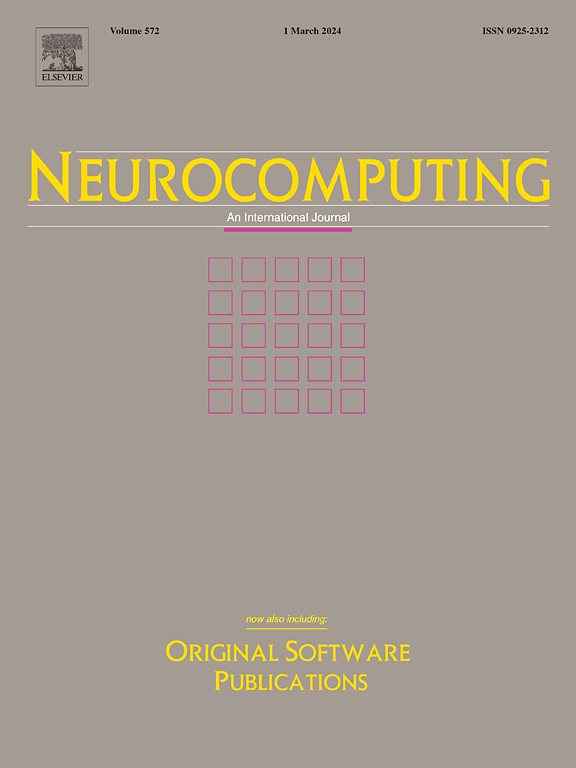Bilinear Self-Representation for Unsupervised Feature Selection with Structure Learning
IF 5.5
2区 计算机科学
Q1 COMPUTER SCIENCE, ARTIFICIAL INTELLIGENCE
引用次数: 0
Abstract
Current feature selection approaches based on self-representation focus solely on representing either the sample space or the feature space. Consequently, a common challenge in such methods arises from the limited interaction between the feature and sample spaces, which can potentially result in incomplete discovery of hidden data information. To address this challenge, this paper introduces a novel mixture-level self-representation method called Bilinear Self-representation for Unsupervised Feature Selection with Structure Learning (BSUFSL). The newly proposed method, BSUFSL, distinguishes itself from existing feature selection approaches based on self-representation by utilizing the concept of bilinearity. This allows BSUFSL to capture self-representation in both the feature and sample spaces, integrating information from both domains and establishing an effective interaction between them to identify the most significant features. Meanwhile, BSUFSL incorporates local preservation to maintain geometric structure among features and global preservation to maximize data variance, both of which are essential aspects of structure learning. An efficient iterative optimization algorithm with theoretically guaranteed convergence is also developed to solve the BSUFSL model. Experimental results on eight benchmark datasets demonstrate the superior effectiveness of BSUFSL compared to state-of-the-art methods. Specifically, the numerical results reveal a significant improvement in clustering performance across several datasets. Furthermore, results from experiments confirm that BSUFSL enhances the clarity and accuracy of clustering by selecting discriminative features, thanks to its bilinear structure, which integrates feature and sample self-representation into a unified framework.
求助全文
约1分钟内获得全文
求助全文
来源期刊

Neurocomputing
工程技术-计算机:人工智能
CiteScore
13.10
自引率
10.00%
发文量
1382
审稿时长
70 days
期刊介绍:
Neurocomputing publishes articles describing recent fundamental contributions in the field of neurocomputing. Neurocomputing theory, practice and applications are the essential topics being covered.
 求助内容:
求助内容: 应助结果提醒方式:
应助结果提醒方式:


